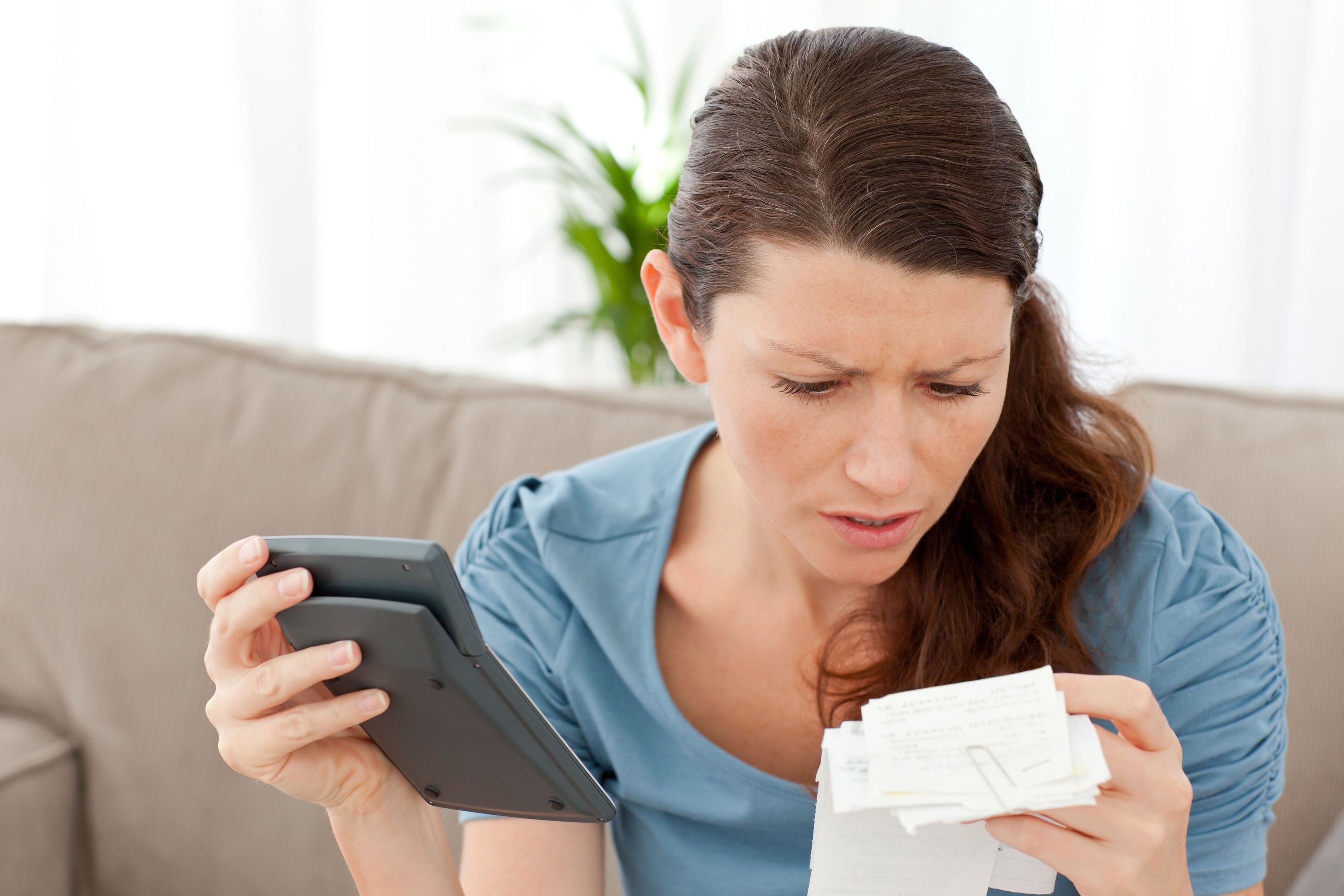
NEXT time you take out an insurance policy, be warned – you might find the cost has been hiked.
It’s because a tax affecting more than 50 million policies has just been increased.
The standard rate of insurance premium tax (IPT), which applies to most general insurance policies, was raised from 9.5% to 10% on October 1.
You could be affected if you are a motorist, own a pet or have private medical insurance.
It’s not the first time the tax has been increased – in fact, it’s the second rise in less than a year.
IPT was first introduced in the UK in 1994, when a single flat rate of 2.5% was charged – and since then the rate has been increased five times.
A 0.5 point increase might not sound particularly significant but it can make a big difference according to Kevin Pratt, a consumer affairs expert at website MoneySuperMarket.
Pratt says: “The wider story is actually a £4 rise compared to this time last year, when IPT was just 6%.
“So instead of paying £6 tax on every £100 of premium in September 2015, customers are now looking at £10 per £100 from here on in.”
Pratt says those who are
part-way through their policy will not see their payments change straight away.
But, he adds: “On renewal, your policy will rise to reflect the new 10% IPT.”
By way of example, the Association of British Insurers calculated that the latest increase could add more than £16 to the average comprehensive motor insurance policy and £12.50 to the average combined building and contents policy.
People who already pay large premiums, such as young drivers, could find their costs go up particularly steeply.
Shopping around is an option – but you’ll need to make sure your new policy still suits your needs.
The cheapest deal isn’t always the best if it doesn’t cover what you need it to.
The UK Government says the IPT increase will be used to pay for new flood defences and maintain existing ones.
READ MORE
Donald MacLeod: It’s so good to see the big boys face such taxing times
Brexit vote and tax changes linked to drop in Scottish housing market activity

Enjoy the convenience of having The Sunday Post delivered as a digital ePaper straight to your smartphone, tablet or computer.
Subscribe for only £5.49 a month and enjoy all the benefits of the printed paper as a digital replica.
Subscribe